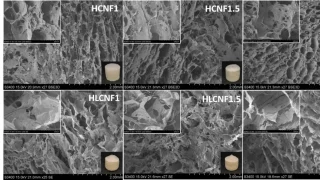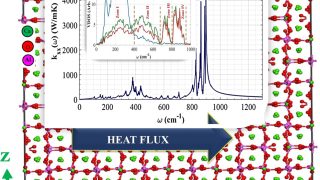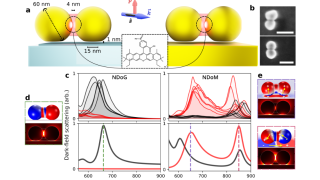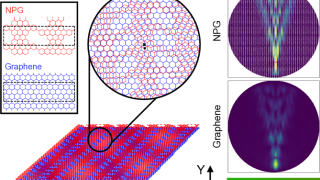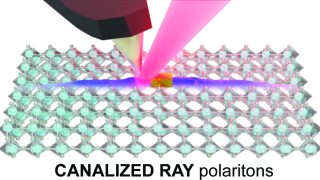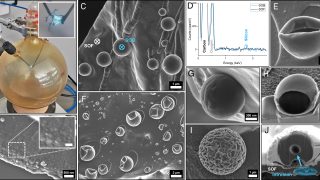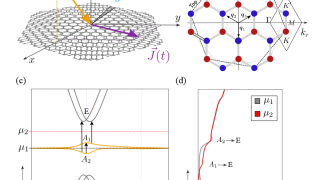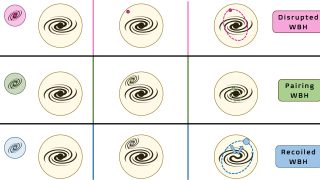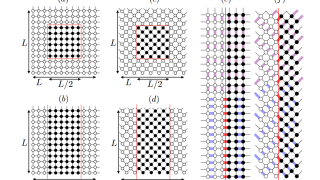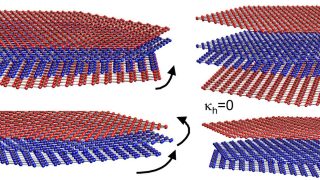
Superconductivity in twisted graphene multilayers
Superconductivity, the phenomenon where electrical current flows without resistance, has long captivated scientists and engineers. This unique state of matter holds promise for revolutionizing technologies, from power grids to magnetic levitation. A recent study delves into the intriguing world of graphene-based superconductors, shedding light on how twisting multiple layers of graphene can influence their superconducting […]
